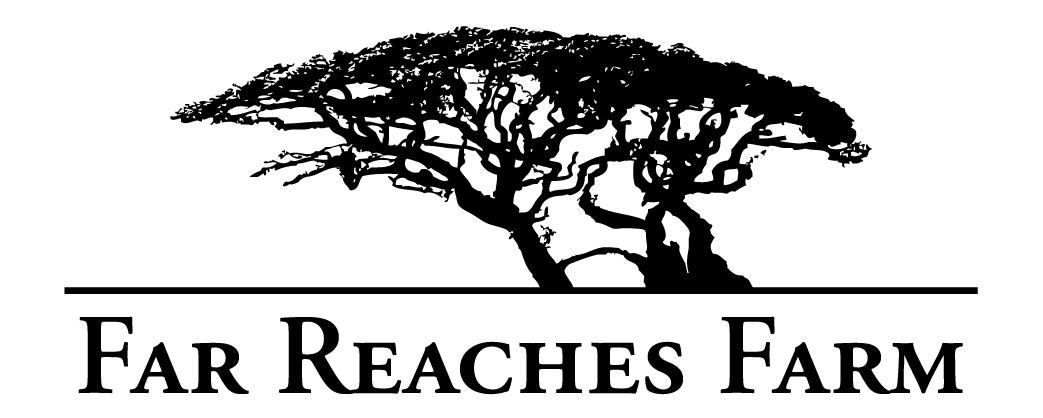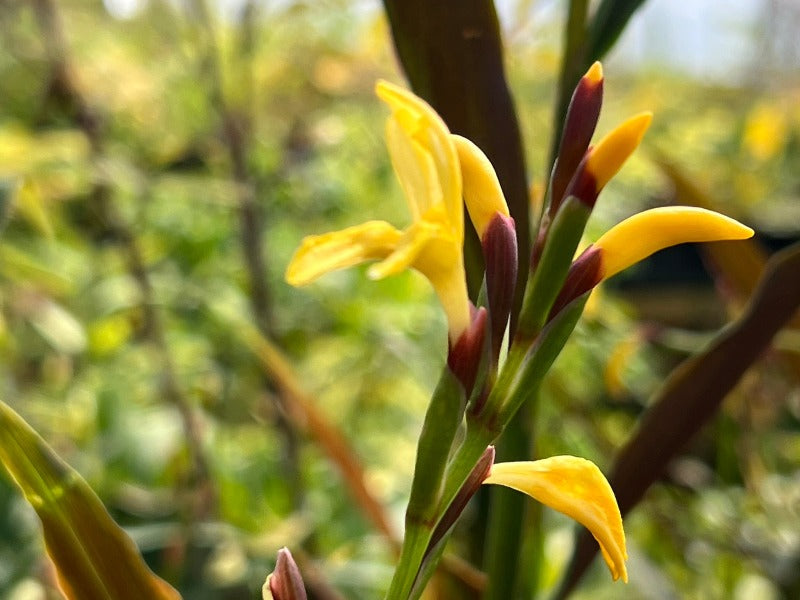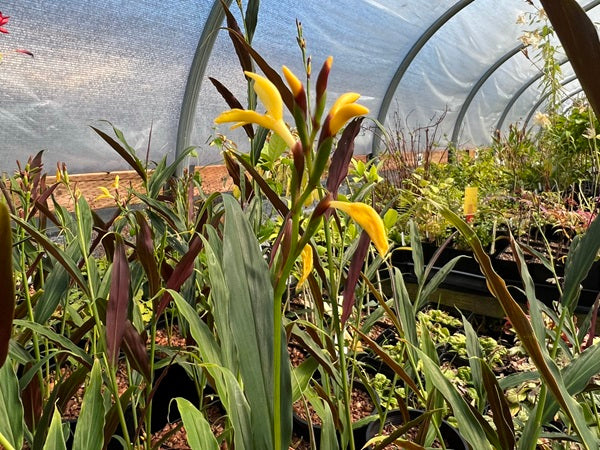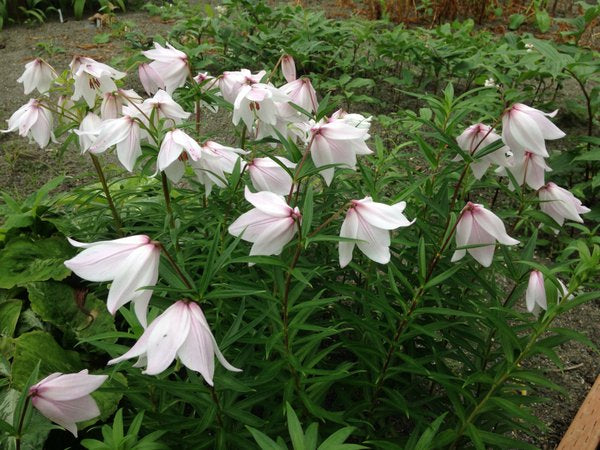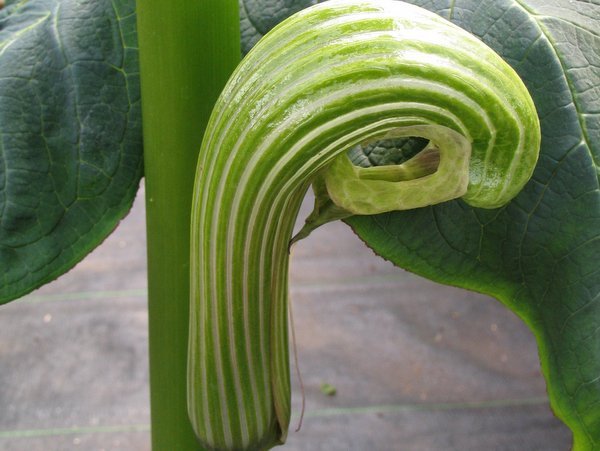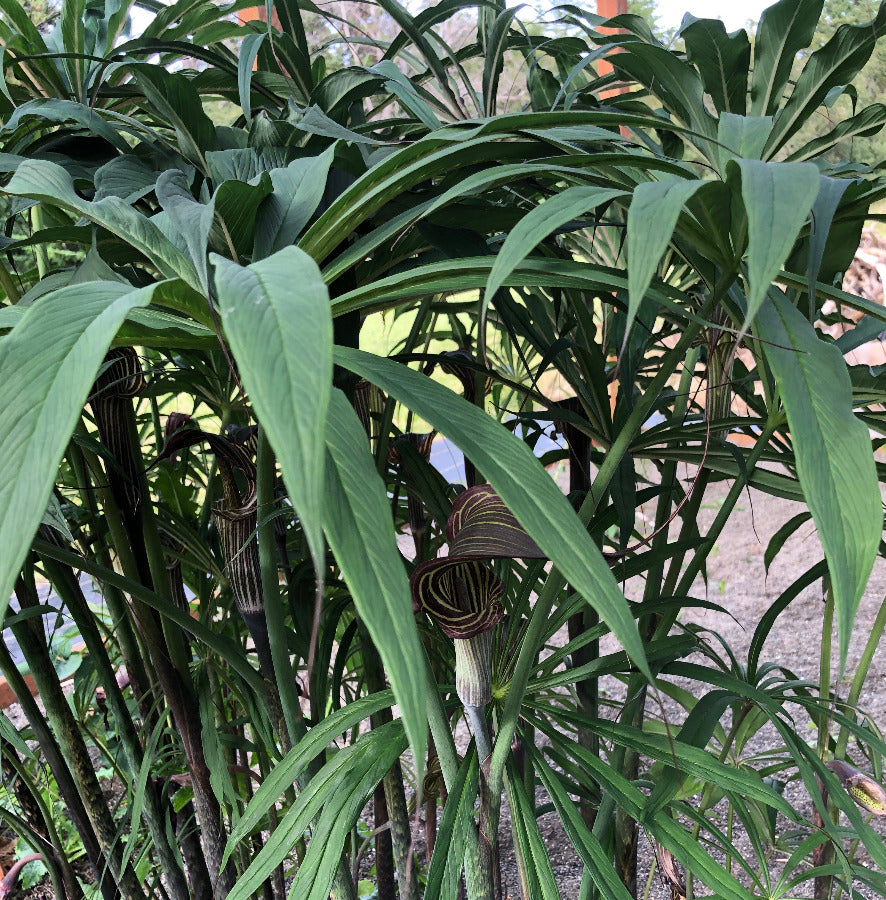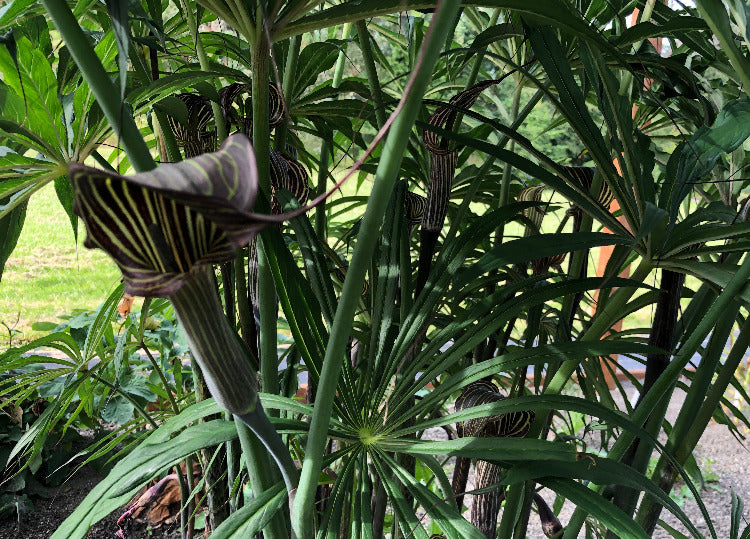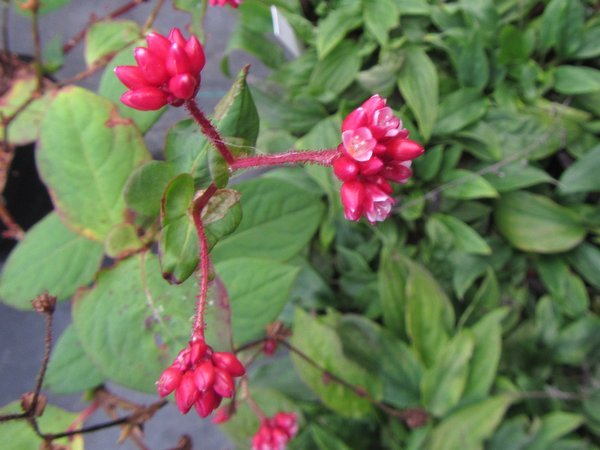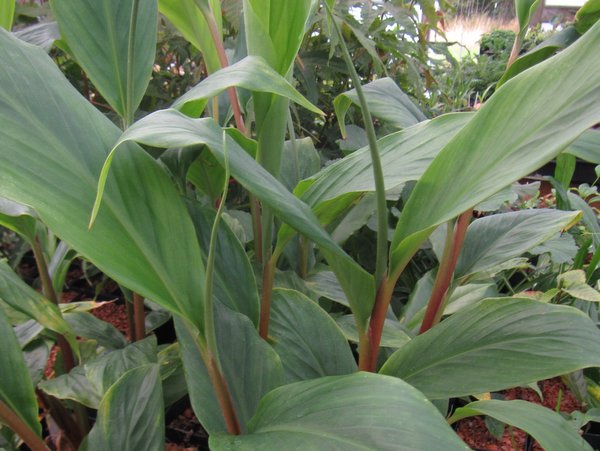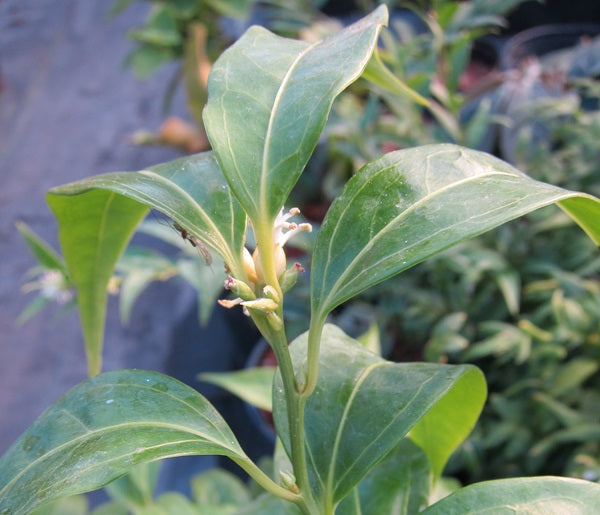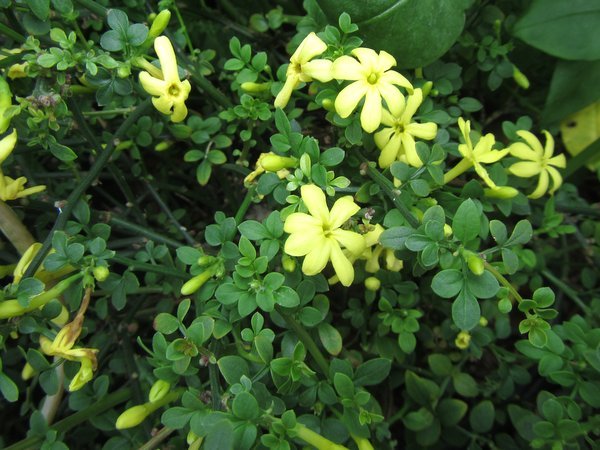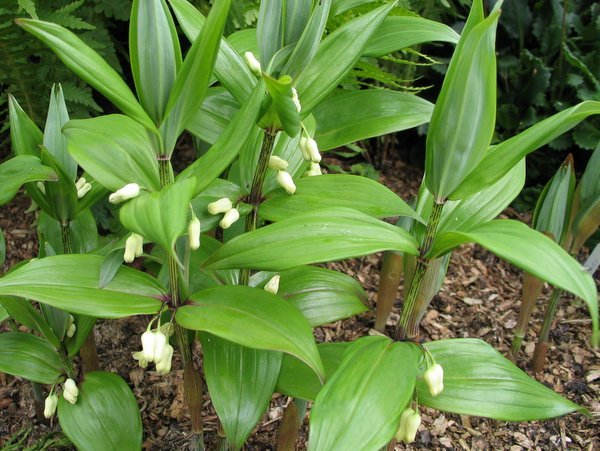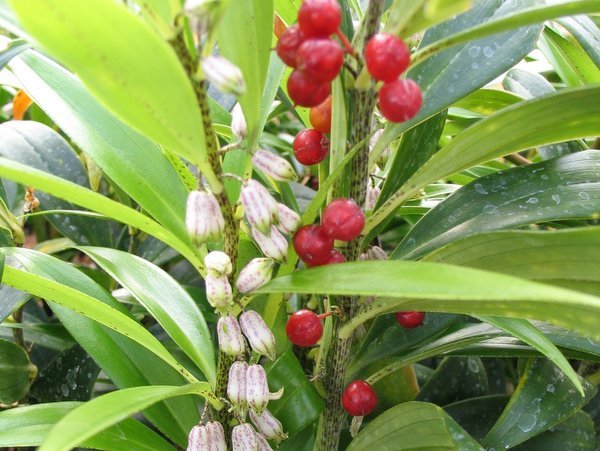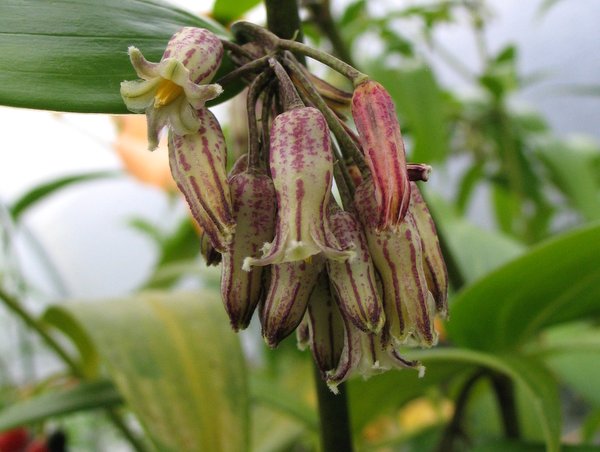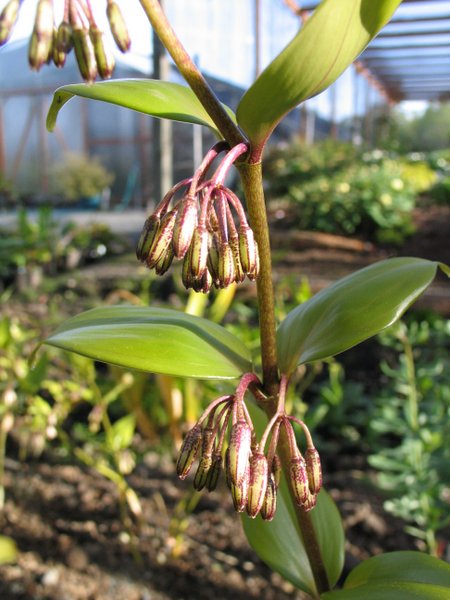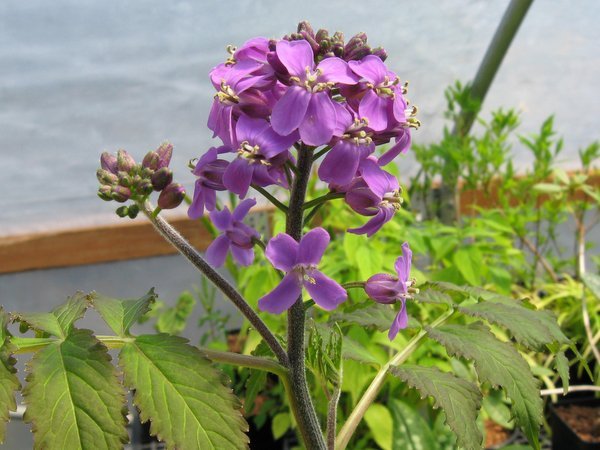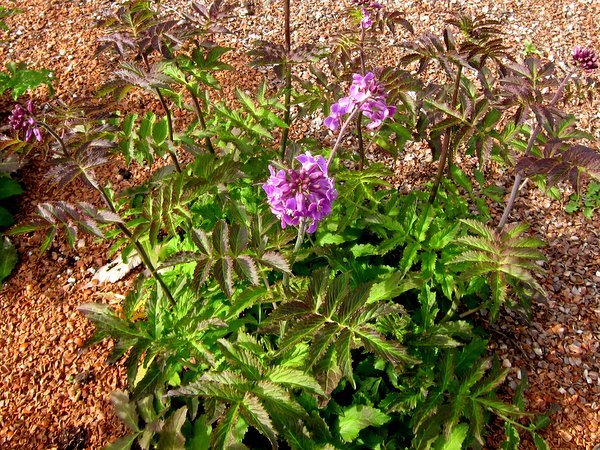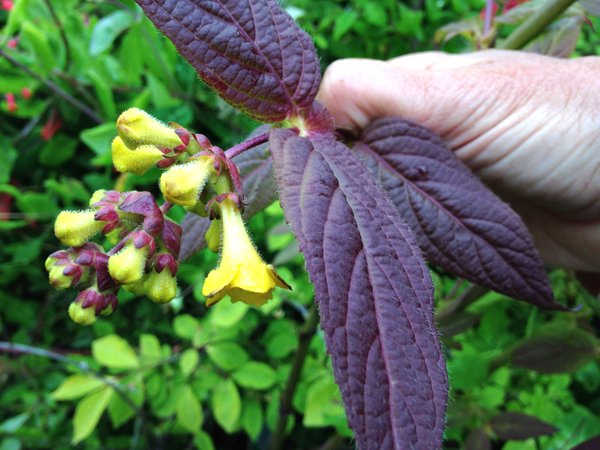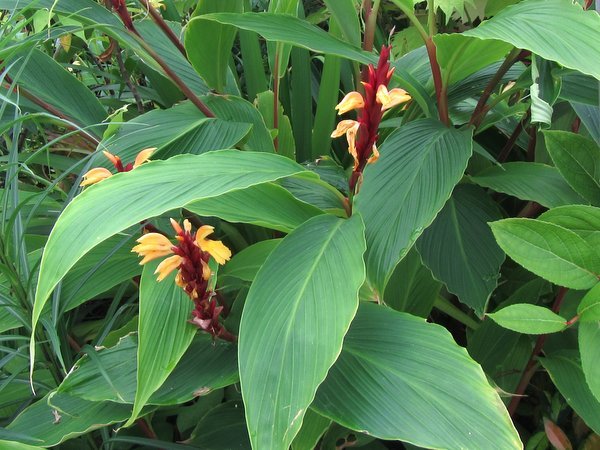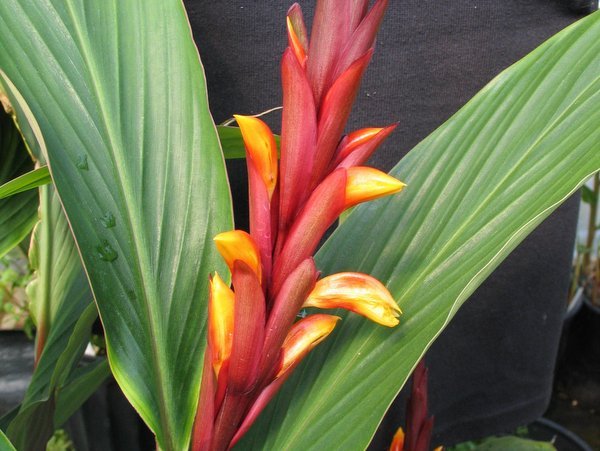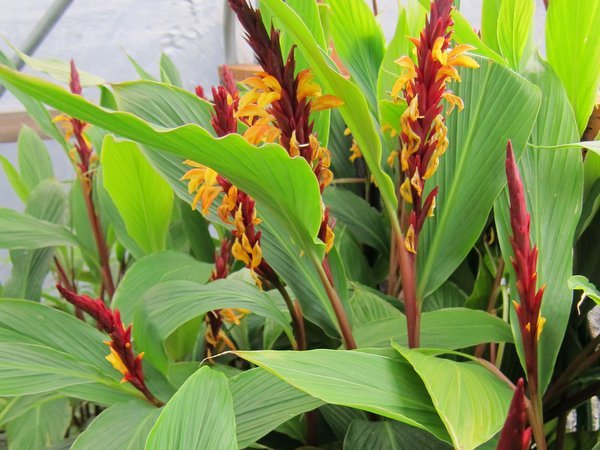Sort by:
16 products
16 products
Awesome rare lily known only from NE India where Frank Kingdon-Ward first collected it in either Manipur or Nagaland and named it after his wife whose maiden name was Macklin. Pale pink flowers in late spring and early summer are a lovely thing indeed on this smaller collector's lily. Frank's wife must have been an exquisite creature.
Helmeted Cobra Lily or Jack in the Pulpit. Young bulbs of this rare species from the Indian Himalayan foothills. Tall stems to 4'+ carry big 3-parted leaves and strongly cowled or helmeted flowers varying from green with white stripes to purplish. Choice plant and one to brag about. These are seed-grown from our plants in our shade garden which have persisted and done well for 7 years now.
A good form of this Chinese Jack in the Pulpit from plantsman Darrell Probst which sports the eye-catching and very elegant white-striped purple flowers typical of the species but here with the added ornament of dark stems rather than green. This used to be known as var. liubaense, for the lack of ciliate hairs on the spathe rim but this is a minor distinction and is no longer recognized. An excellent increaser by offsets, resulting in a proper colony over time.
A selection by the late plantsman and plant hunter Michael Wickenden of Cally Gardens from his collection in the Mishmi Hills of India. Aptly named for the late summer display of small deep red-pink flowers, these are nicely displayed over the broadly rounded leaves, which when given enough sun, take on purple coloring.
These are robust plants from seed collected by Chris Chadwell in northern India in 2012. Chris is extremely knowledgeable on the flora of Nepal, Kashmir and northwest India having done nearly 30 extensive botanical expeditions to those areas. This species is particularly interesting to us, as not only is it perfectly hardy for us in our gardens but it extends the geography in our accessions: it joins our shorter-stature 2003 collection from near eastern Bhutan, along with our 2006 collection from Sichuan. We like geeking out on a species and when we can observe the various expressions of morphology as influenced by the diversity of its range, it really doesn't get much better for us. Safe to say we get a "botanical flush". Anyway, this hardy true ginger relative is good down to zone 7b with enough mulch for short durations to single digits and happy in bright shade to mostly sun. This species blooms reliably for us every year outside and makes us very happy in October with its open spires of white crane fly flowers highlighted by salmon-pink working parts. Moist with drainage.
This species of the uniformly winning genus hails from Southeast Asia and India. Glossy evergreen foliage slightly longer than many of its fellows paired with fragrant white flowers nestled nicely in the leaf axils across much of the stem make it a solid choice of medium size shrub for a relatively mild spot.
Hardy dwarf Jasmine from Himachal Pradesh in India. This is an ideal little rock garden candidate or if you are looking for a small shrub for that special nook, look no further. Small yellow flowers lightly scented are scattered among the evergreen leaves all summer. Tolerant of dry, deer aren't interested, no maintenance needed.
One of our favorites, this came to us years ago from Washfield Nursery in England as Polygonatum geminiflorum but according to Polygonatum expert Aaron Floden, this does not match recent collections of Polygonatum geminiflorum by Ron McBeath and our plant and is actually P. singalilense. This species hails from the Singalila Ridge area which runs from Nepal west and north to the Darjeeling area and up into Sikkim. This slowly but steadily makes a nice clump with the leaves arranged in whorls which are wider than typical for the more familiar whorled species. The subtle bit of elegance that sends us is the small maroon shading at the leaf axil. It sounds silly but style is so often in the accessories.
Rare in cultivation, this form from NW India of this Solomon's Seal is mainly an epiphytic species growing in mossy trees and on mossy, humus covered rocks. The speckled pale pink flowers hang as small bells as the new growth elongates and as the season progresses, the flowers turn into attractive red fruits. In frost-free areas, the fruit-bearing stems overwinter and overlap the flowering of the next year's growth which is very charming. This is an evergreen species in mild areas and is some years for us but of late has been deciduous due to cold winters with no ill effects. It has done very well in our raised shade beds and this is another plant we mulch in the fall as a winter precaution. Good drainage.
Yellow Himalayan Honeysuckle. A species from NE India and northern Myanmar originally introduced by Frank Kingdon-Ward just over 100 years ago, this is from a more recent US Natiional Arboretum collection. Yellow flowers over bronzed foliage distinguishes this from the more familiar Leycesteria formosa.
Cautleya have proved to be excellent plants for the garden here and one of the best is this Wynn-Jones collection from the Darjeeling area in northern India. Good red bracts hold yellow flowers in a tropical embrace during August into September in your temperate garden. Part sun to light shade in rich moist soil. Mulch in winter in case of arctic annoyance.
This is an attention-getter and a performer. A surprisingly hardy true Ginger relative from northern India, this has survived our winters here in western Washington for the last 20 years with no problem. We simply mulch if we get worried. The leaves are tinted maroon underneath and the torch of dark yellow flowers coming out of red bracts in late July and August is an exceptional bit of the tropics. The 'Robusta' form is a bit taller than the typical run of the species and can reach 3' tall. A rich, moist soil that drains in a little sun to bright shade is best. We see this grown in some of the most notable gardens here in the NW which never surprises us. .
